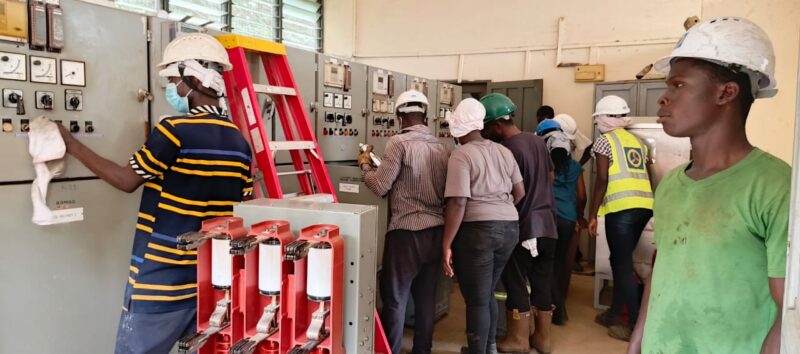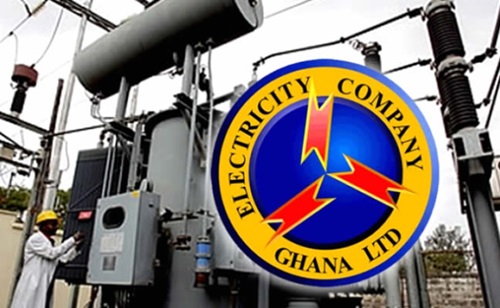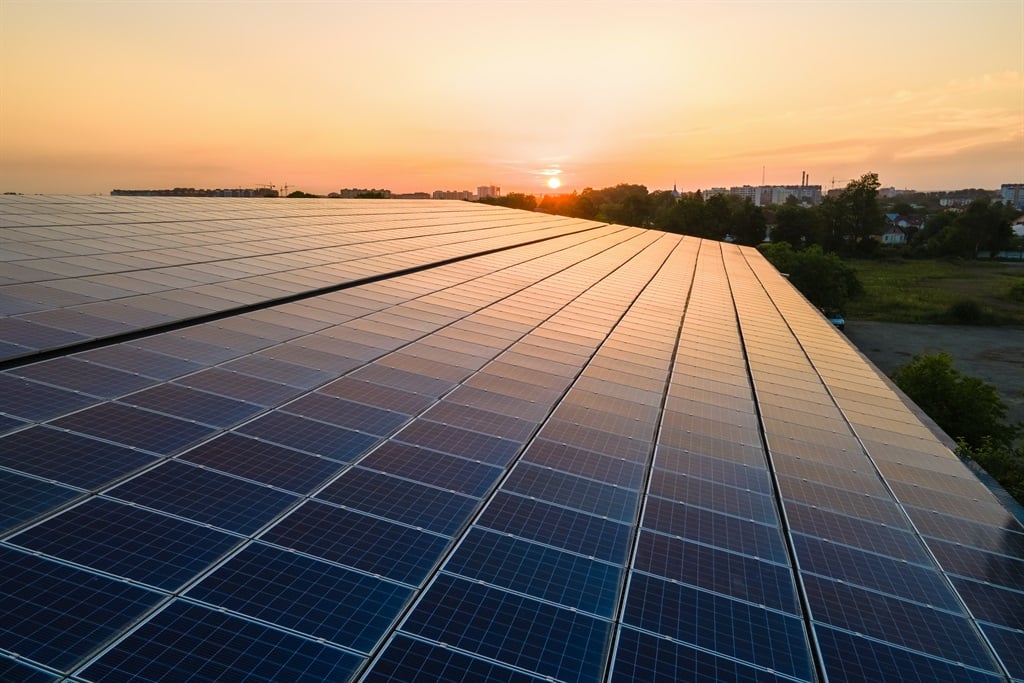- The US Fed cut interest rates by more than expected. So what?
- Southwest Airlines tells staff 'difficult decisions' ahead in push to boost profits
- You can't always refinance a mortgage to capitalize on lower rates: Here's when a lender may say 'no'
- Gold strikes record high as Fed rate cut maintains bullish mood
- Minneapolis Fed President Kashkari sees a slower pace of rate cuts ahead

The Biden administration is fighting smugglers of a potent greenhouse gas
The Biden administration has launched a new initiative to crack down on smugglers at U.S. borders and ports. The concern isn't drugs or counterfeit goods, though; it's a refrigerant that's also a dangerous greenhouse gas.
The Environmental Protection Agency, Customs and Border Protection and other agencies are arming themselves with new weapons—like AI tools that can pick out suspicious shipments—and rethinking ways of teaming up to combat the threat.
"We're deploying our enforcement authorities in ways we never have before to combat climate change," said David Uhlmann, head of EPA's enforcement division. In early September, the agency issued an enforcement alert to spotlight the problem.
The U.S. has experienced a smuggling epidemic like this before, with HFCs' predecessors. When dozens of nations agreed in the 1990s to ban chlorofluorocarbons (CFCs), one of the most unwelcome outcomes was the formation of a black market for people who wanted to keep using refrigerants. The market grew so fast that, by mid-decade, $500 million of CFCs were being illegally traded each year, according to the United Nations Environment Program.
Now, the Biden administration is attempting to disrupt an eerily similar pattern from playing out as a phase-out of HFCs leads to a burgeoning black market. So far, the results of the crackdown have been striking. Since the start of fiscal year 2024, the Biden administration has stopped roughly 25 illegal shipments of hydrofluorocarbons (HFCs), according to an EPA spokesman. Those shipments account for more than 211,000 metric tons of carbon dioxide, the equivalent of 50,000 gas-powered vehicles driving for a year.

- September 19, 2024
Organic thermoelectric device can harvest energy at room temperature

- September 22, 2024
ECG offers free maintenance services to KNUST


- September 17, 2024
Research explores potential of smart grid energy optimization

- September 21, 2024
Belgian team wins S.Africa's 'most extreme' solar car race


- September 22, 2024
Snowfall in parts of the Eastern Cape

- September 17, 2024
Firefighters battle wildfires choking Brazilian capital



- September 21, 2024
Japan orders thousands to evacuate quake-hit region as rains trigger floods

- September 20, 2024
Solar on track for another record year - report

- September 17, 2024
Where in the world is closest to becoming a '15-minute city'?
Subscribe to our mailing list to get the new updates!

Subscribe our newsletter to stay updated
Thank you for subscribing!

